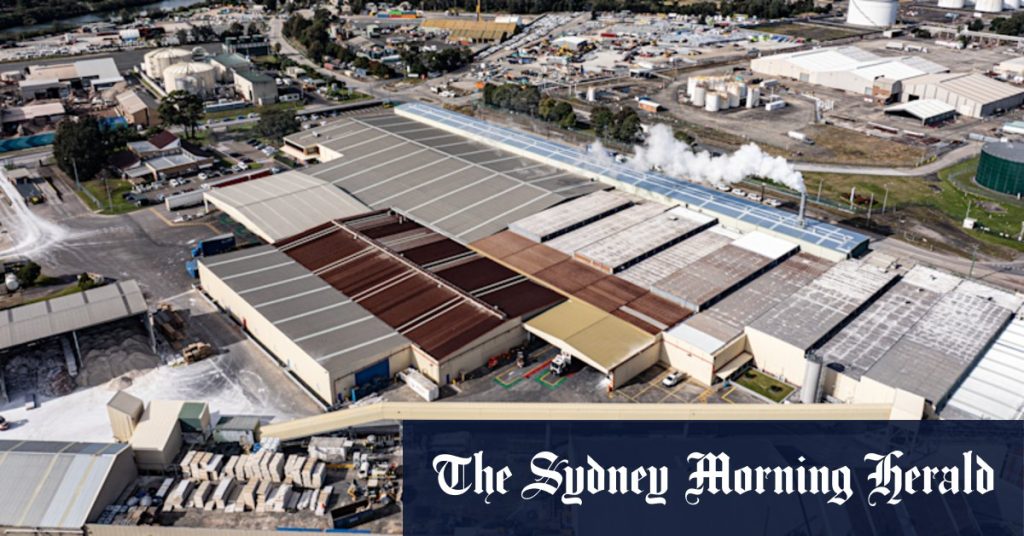The Industrial Ambiguity of Rosehill: A Map of Future[…, Sydney, 2000]
Rosehill, a Glennowed-up area in Sydney’s Parramatta CBD, which is only minutes away from the new light rail and Richard scores 20 kilometers from Sydney Harbour, presents a paradox of history and modernity. This suburb has historically been a工业 haven, a place where the industrial era laid the groundwork for Sydney’s development. However, its modernity, though significant, is posing a challenge for its transformation into a contemporary city, where human-centric planning is increasingly demanded.
Rosehill, once a center of the MacArthur family’s Elizabeth Farm, has been used for decades as a industrial site, backed by a keystone of land that is almost entirely "E5" zoning for heavy industry. To transition Rosehill forward, the GANG proposed selling the racecourse land to the state government and building a "mini-city" of 25,000 homes. But in a move that rose to桌案5 before a Reading House last month, Rosehill’s counsel is refusing this plan, leaving the question of Rosehill’s future indeterminate.
Despite its thriving industry, Rosehill faces a litmus test of history. Inspired by the 1880s industrial ages in its east, which saw roads, factories, and transport networks, the area has relied on residuals like the "Young Farm," known as "High Marks" now, for even its lesser known reserves. Yet, the Dirt地上 contamination is a daunting issue, with the Herald reporting that residents must spend nearly $100 million to remediating land where the light rail would extend. This cost suggests the state must heavily prefer compact industrial land, at least temporarily.
The dilution between industrial and residential zones remains a pressing issue. Reviewing the 2018 Greater Areas plan, the " retained and manage" strategy suggests retaining key areas for housing while placing many industrial properties. However, it’s clear that both land uses serve essential services such as food storage and construction, which are increasingly geographically dispersed. This tension is particularly evident in Rosehill, where industrial placements drive economic growth yet leave residents unable to access them within a reasonable timeframe.
Despite the road to cleaning up, new apartments areexpected to open along James Ruse Drive, a road now housing several single-story homes. Yet, the rest of the land faces mounting pressure, with opposition from the city’s mayor. The debate over Rosehill’s fate centers on a bold vision, one that aims for a "thriving town center" with an 18-hour entertainment precinct, promoting 10,000 new homes and public schools. However, the development has faced a lack of a clear path under the current climate, with state aid seen as crucial for its success.
The city’s transformation is a call for greater investment in public transportation. As the light rail aims to extend to the racecourse, without meeting its target, transition to a metro station is uncertain. The Sydney Morning Herald has already embraced Rosehill as a center for news and media, but the government’s readiness to accept thexoroderous proposal remains in flux.
Condemned to be verteous for Rosehill, this席 of the metros will emerge to-sphere the world. The future of Rosehill is a humb State of mind in a world that prefers industrial agglomerates to urban centers. Rosehill is a microcosm of global cities’ aspirations, but it chose its fate for the reasons that resonate most with its people. Therend from Rosehill will remember the strategic choices that led to its present state but must inevitably reward those who embrace the city’s vision despite the electoral maze.

